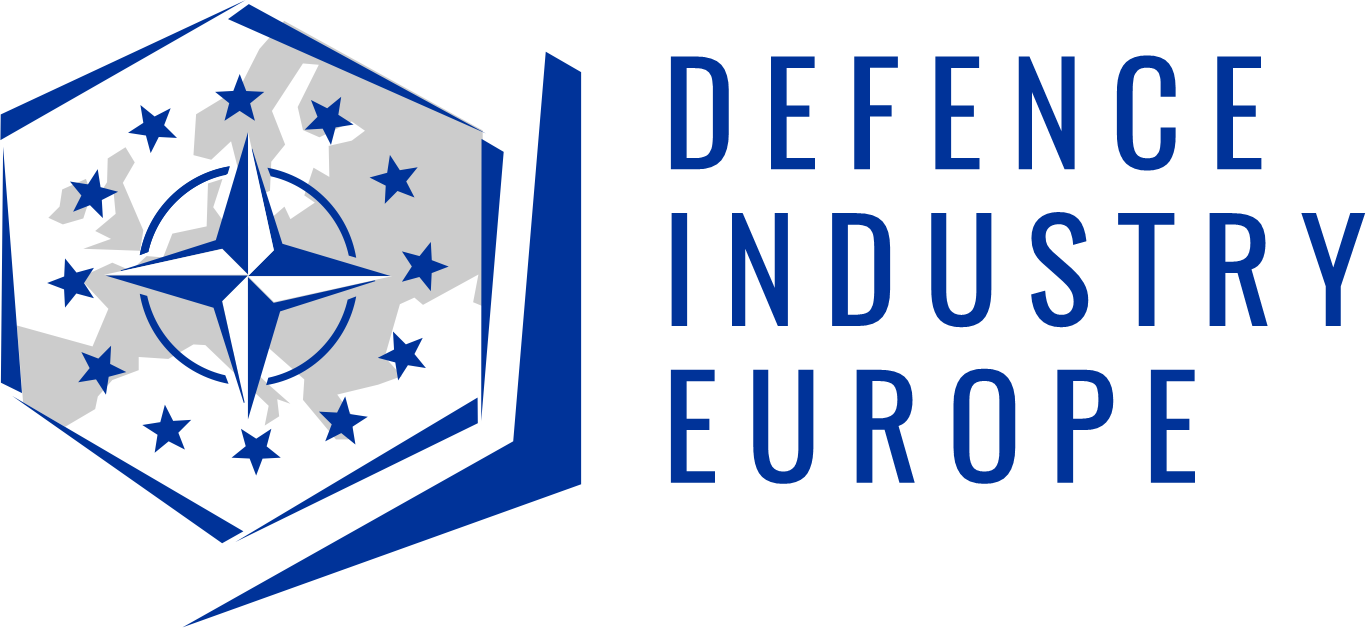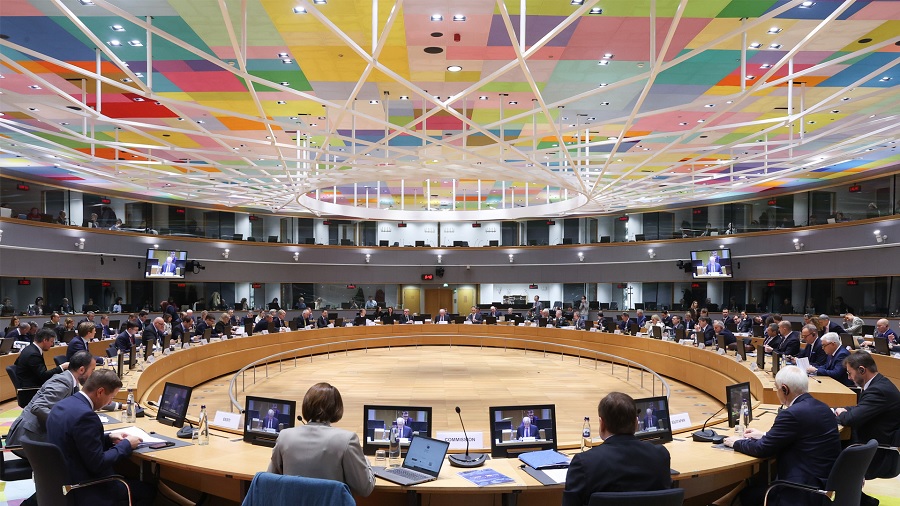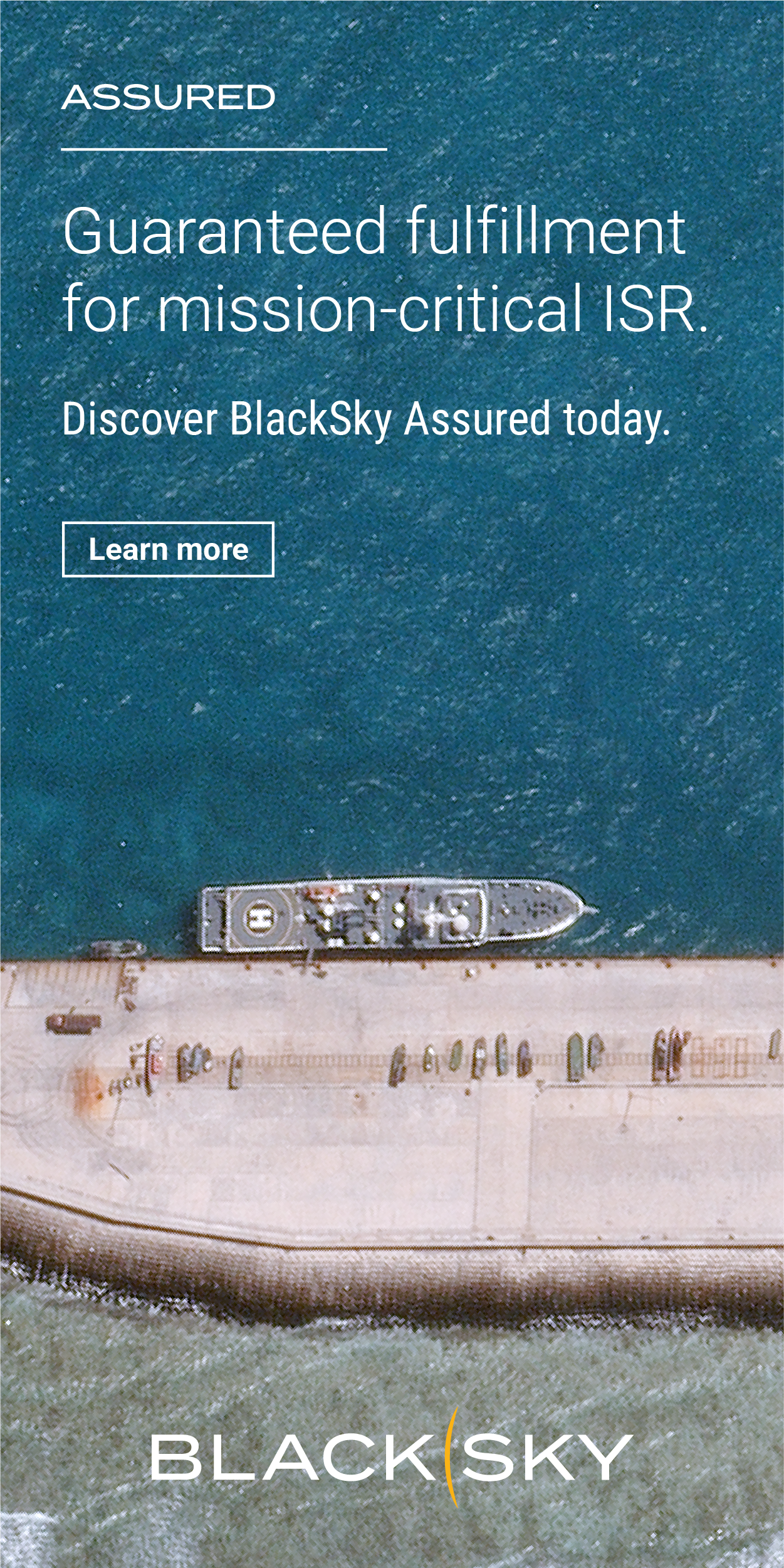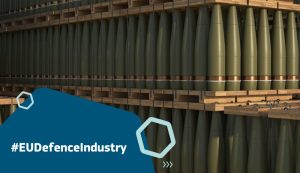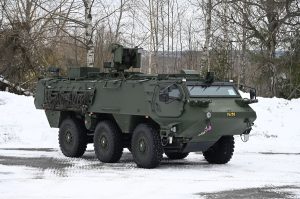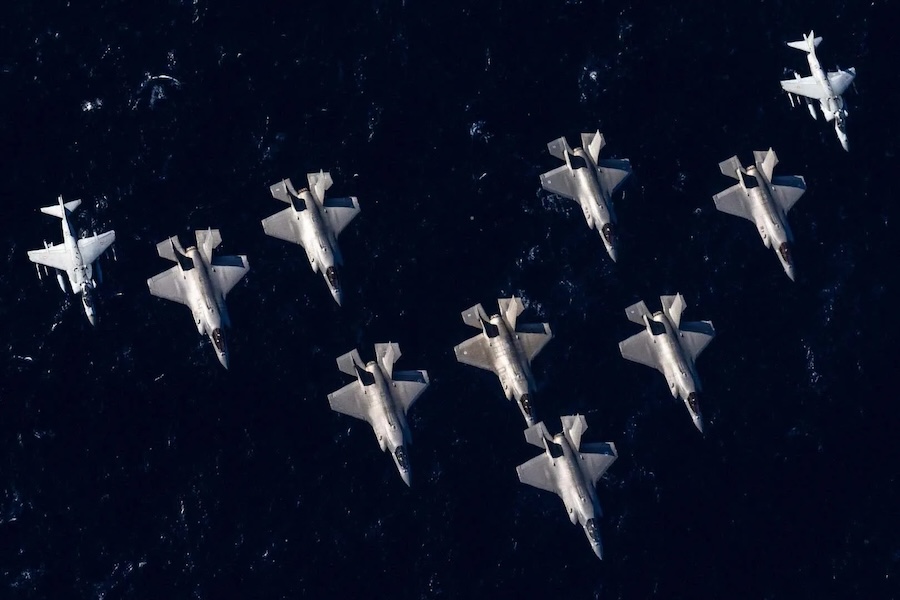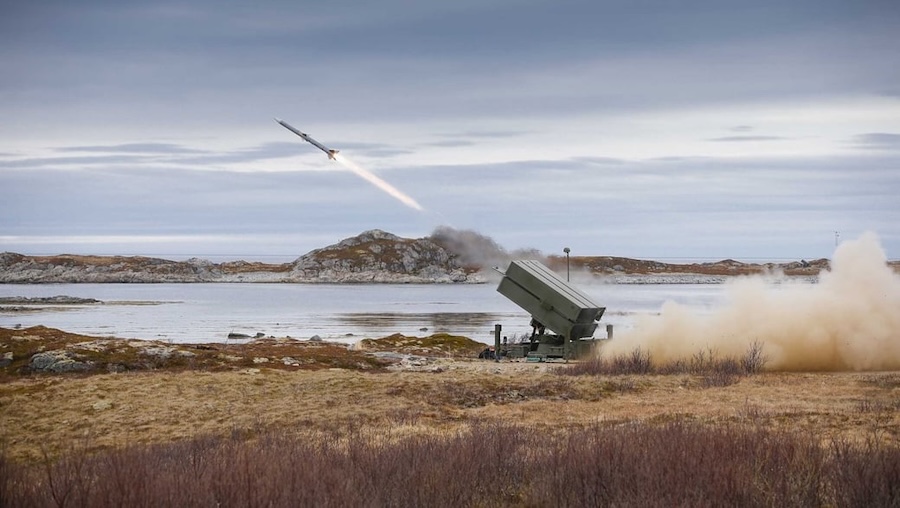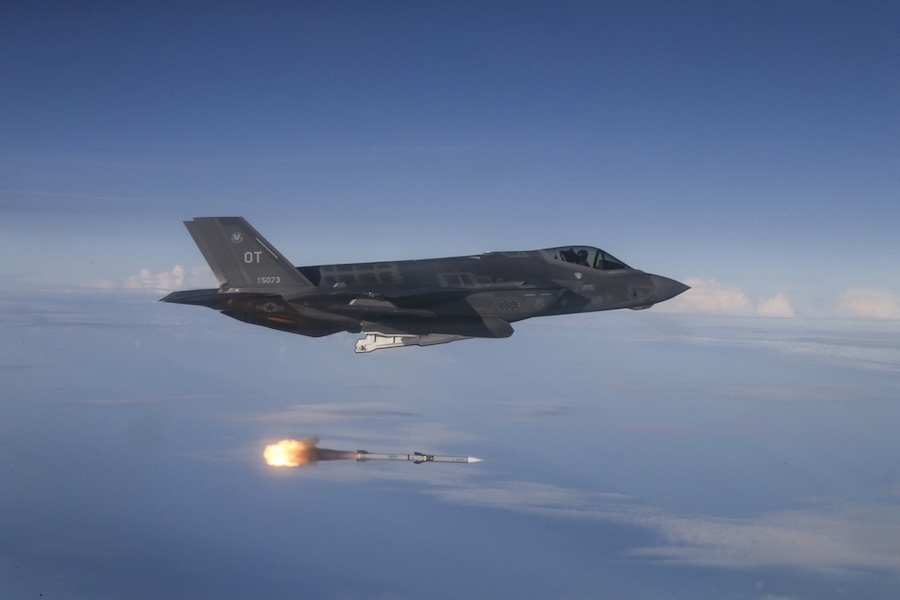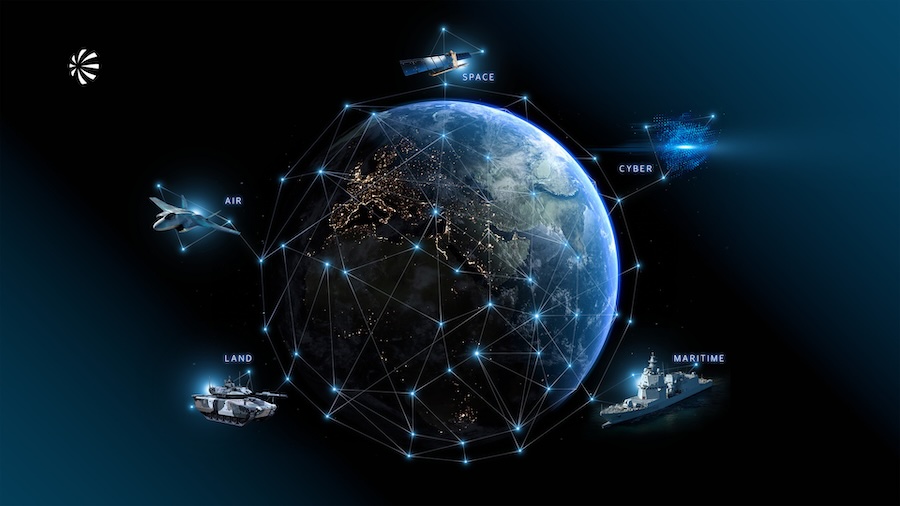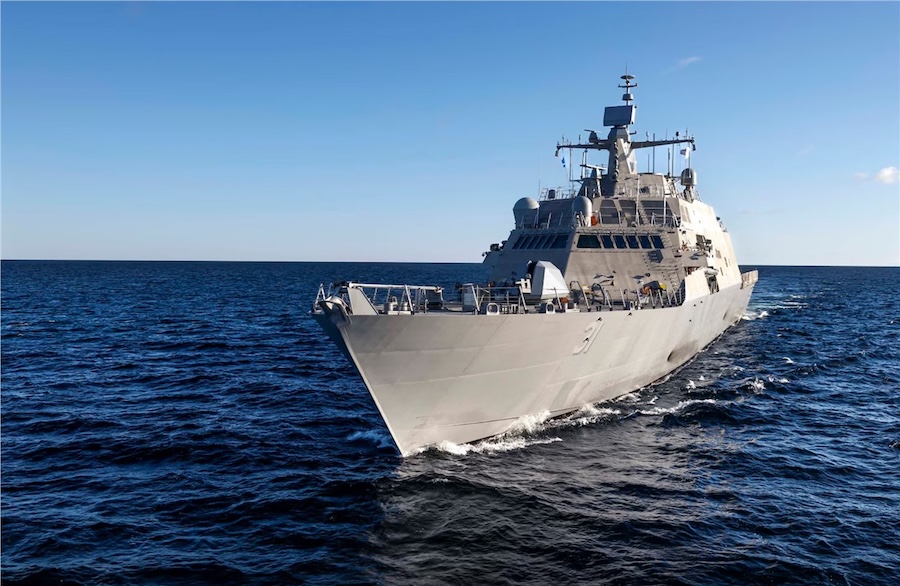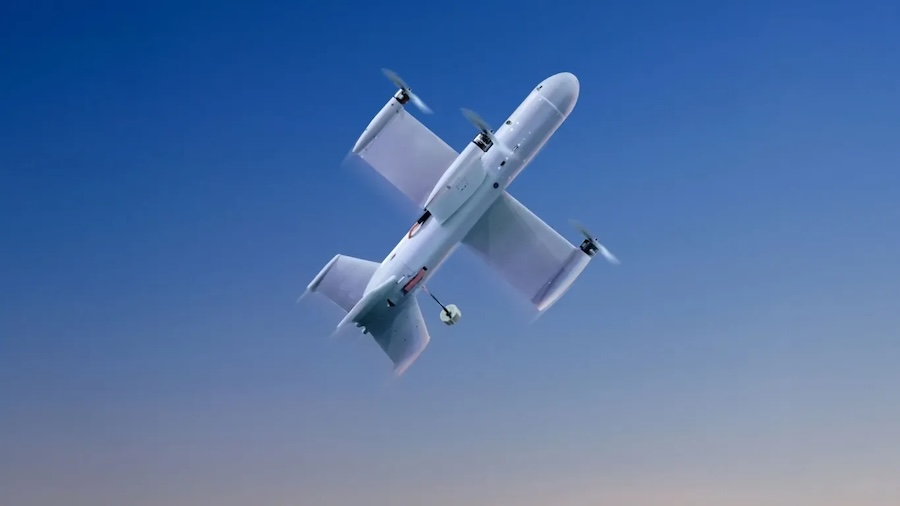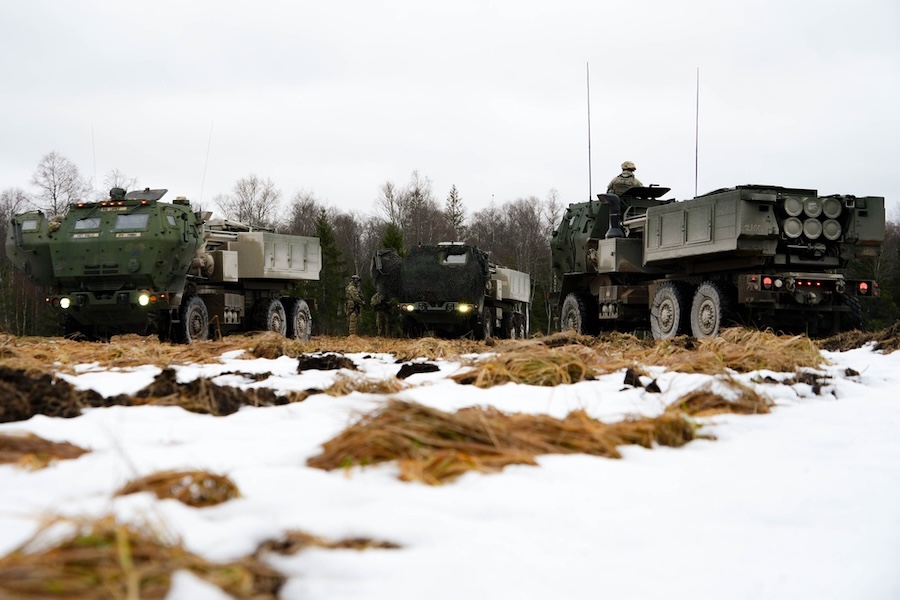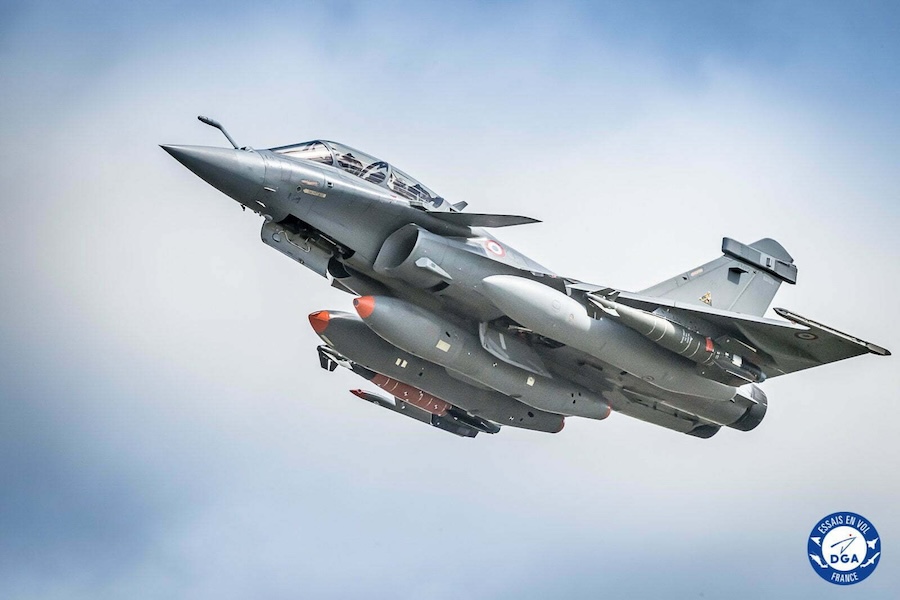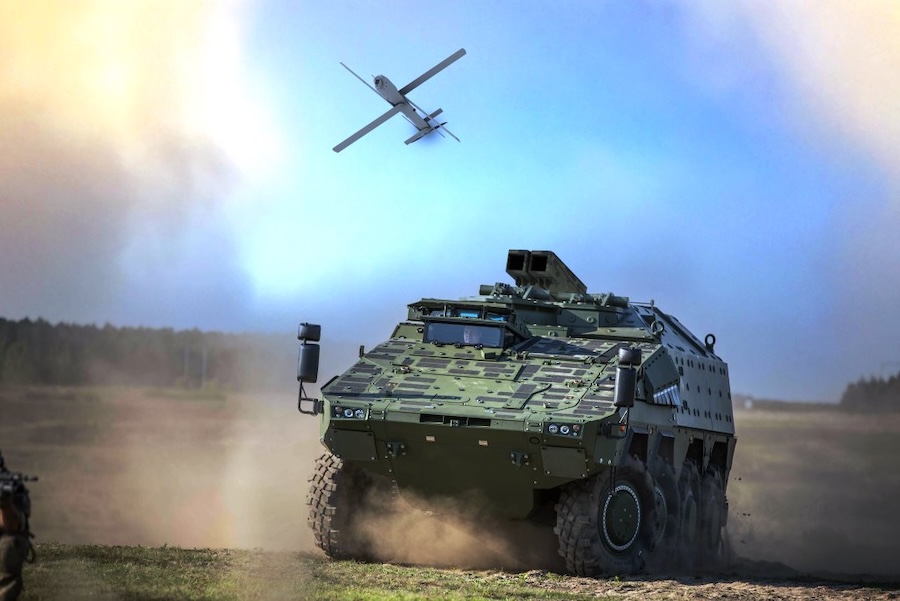For the first time, the report’s adoption coincides with the signing of letters of intent by Member States in four key areas: integrated air and missile defence (IAMD), electronic warfare, loitering munitions, and combat surface vessels. These initiatives mark a significant step towards coordinated defence development across the EU.
According to data released by the European Defence Agency (EDA), EU defence expenditure is expected to reach €326 billion in 2024, equivalent to 1.9% of the bloc’s GDP. This represents a 30% increase compared to 2021, spurred by the geopolitical urgency following Russia’s war of aggression against Ukraine.
The 2024 CARD report, created by the EDA alongside the European External Action Service (EEAS) and the EU Military Staff (EUMS), underscores that increased spending alone cannot adequately prepare the EU for modern threats. Instead, greater collaboration is essential to align national efforts, converge with NATO priorities, and strengthen Europe’s overall security.
Josep Borrell, High Representative and Head of the EDA, stressed the importance of cooperation: “The 2024 CARD Report is clear: national efforts, while indispensable, are not enough. The geopolitical landscape makes our cooperation, alongside increased spending, essential to be ready for high-intensity warfare.”
The CARD process has identified new collaborative opportunities, formalised through letters of intent. These cover short-term joint procurement, medium-term modernisation, and long-term capability development, potentially through EDA projects or Permanent Structured Cooperation (PESCO).
Jiří Šedivý, EDA Chief Executive, stated: “To become a credible security provider, the EU must develop strategic capabilities, including for high-intensity warfare scenarios. The collaborative opportunities will bring national policymakers, planners, and armament experts together to develop relevant military assets.”
Key areas of collaboration
- Integrated Air and Missile Defence (IAMD):
At least 18 Member States have committed to addressing urgent gaps through joint procurement of counter-unmanned aerial systems (C-UAS) and ground-based air defence (GBAD). Future plans include countering drone swarms and high-velocity threats while developing a robust IAMD architecture. - Electronic Warfare:
Fourteen Member States will focus on shared procurement of equipment, data-sharing platforms, and joint training. Long-term goals include developing advanced systems for jamming and counter-jamming capabilities. - Loitering Munitions:
Seventeen Member States aim to aggregate their needs for these versatile systems, enhancing operational concepts, terminology, and training. These systems combine intelligence-gathering with precision strike capabilities. - European Combat Vessel (ECV):
Seven Member States will work on developing the next generation of modular, multipurpose surface combat vessels. With 80% of Europe’s trade dependent on maritime transport, these capabilities are vital for both regional defence and global operations.
Growing defence investment
EU Member States are closing in on NATO’s 2% GDP defence spending guideline. Defence spending in 2024 is projected to exceed €326 billion, with over €100 billion allocated to investments, surpassing the 20% benchmark agreed under PESCO. Investment in new capabilities, research, and procurement is expected to rise sharply from €59 billion in 2021 to €102 billion in 2024.
These developments underscore a collective effort to strengthen Europe’s defence capabilities. By addressing both immediate operational needs and long-term priorities, the EU aims to ensure its security and readiness in an increasingly volatile geopolitical environment.
Source: European Defence Agency (EDA).



